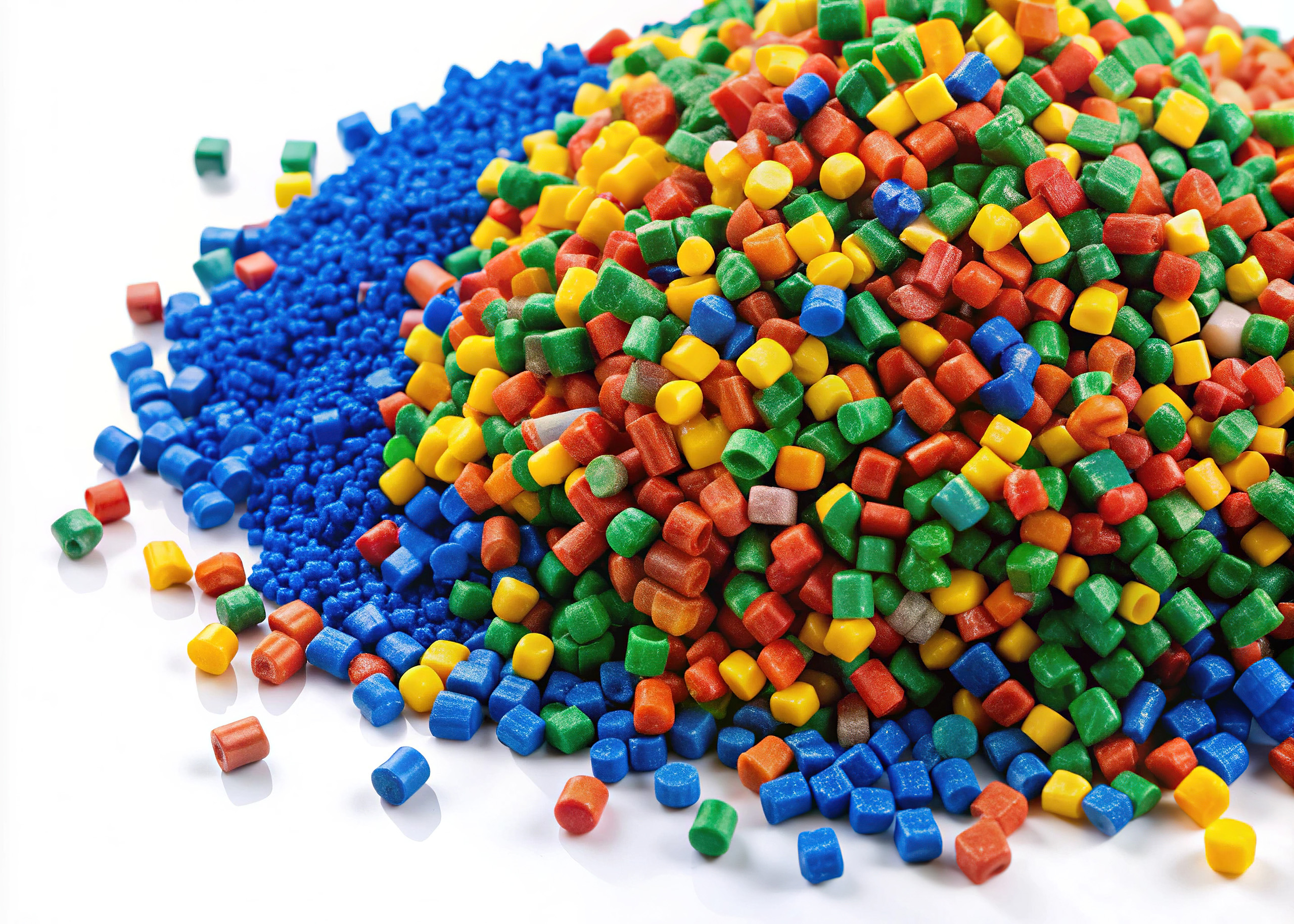Innovative Pelletizing Blades: Reduce Plastic Waste More Effectively
In the battle against plastic waste, innovation in recycling processes plays a crucial role. One standout technology is pelletizing, a method that transforms mixed plastic waste (MPW) into small, uniform pellets. These pellets serve as valuable feedstock for producing new products, making pelletizing a cornerstone of sustainable plastic management. At the heart of this process lie pelletizing blades, whose precision and durability directly impact the quality and efficiency of recycling operations.
The Pelletizing Process: A Technical Overview
Pelletizing follows a systematic, multi-stage process designed to convert waste into reusable resources:
1. Shredding
o Waste plastics are fed into shredders or granulators equipped with high-performance granulator blades.
o These blades are designed for heavy-duty performance, reducing large plastic fragments into uniform, manageable sizes. Proper blade sharpness and alignment are critical at this stage to ensure consistency in material feedstock.
2. Cleaning and Drying
o Shredded plastics are washed in high-intensity systems that remove contaminants like labels, adhesives, and other impurities.
o After cleaning, drying is critical to prevent moisture interference during extrusion. Pellet quality can deteriorate significantly if moisture levels exceed acceptable thresholds, particularly for hydrophilic plastics like PET.
3. Extruding
o Cleaned plastics are melted and homogenized in the extruder.
o Maintaining a precise temperature profile is crucial; overheating can degrade the polymer, while underheating can result in poor homogenization.
4. Cutting
o The extruded plastic strands are cut into uniform pellets using specialized cutting blades.
o Precision here ensures consistent pellet size, which is vital for downstream processes like injection molding or extrusion. Blade sharpness, coating, and material durability all influence cutting efficiency and quality.
Blades in Focus: Types, Features, and Applications
Different blade types are tailored to specific stages and requirements of the pelletizing process. Here’s a closer look:
1. Strand Cut Pelletizer Blades
o Function: Designed for cutting plastic strands into uniform pellets.
o Applications: Ideal for polyolefins (e.g., PP, PE) and engineering plastics like ABS and PC.
o Features: Requires high cutting precision to maintain uniform pellet dimensions, which is critical for manufacturing consistency.
2. Granulator Blades
o Function: Shred plastics into smaller fragments for pre-extrusion.
o Applications: Used in the initial shredding phase, particularly for harder plastics or contaminated waste streams.
o Features: Often made from high-speed steel or tungsten carbide to endure the rigors of heavy-duty cutting.
3. Underwater Pelletizer Blades
o Function: Cut extruded thermoplastics under water.
o Applications: Common for low-viscosity thermoplastics like nylon or high-temperature polymers.
o Features: Water cooling prevents molten plastic from adhering to the blades, reducing the need for frequent cleaning.
4. Hot Die Face Pelletizer Blades
o Function: Cut plastic directly at the die face as it exits the extruder.
o Applications: Widely used for polyolefins, PS, and PVC.
o Features: Non-stick coatings (e.g., Teflon or ceramic) minimize resin buildup, ensuring smooth operation and extended blade life.
Advanced Materials for Pelletizing Blades
Blade material composition significantly affects durability, cutting precision, and maintenance requirements. Leading materials include:
1. High-Speed Tool Steels (HSS)
o Examples: D2, D1, ASP series.
o Characteristics: High wear resistance, excellent toughness, and the ability to maintain sharpness under intense workloads.
o Best For: General-purpose pelletizing and granulation applications.
2. Tungsten Carbide
o Hardness: Up to 92 HRC, one of the hardest industrial materials available.
o Characteristics: Superior edge retention, wear resistance, and longevity, making it ideal for high-demand cutting operations.
o Best For: Cutting harder plastics, abrasive materials, and high-volume production runs.
3. Ceramic-Treated or Coated Blades
o Non-stick coatings reduce resin adhesion, enhancing efficiency and reducing cleaning intervals.
o Heat resistance improves performance during high-temperature pelletizing operations.
Selecting the right material depends on factors such as the type of plastic, contamination level, and production volume.
Technical Challenges and Solutions in Pelletizing Blades
Pelletizing blades face several challenges, including wear, resin buildup, and uneven cutting. Solutions include:
1. Wear Resistance:
o Investing in tungsten carbide blades or high-speed steel with cryogenic treatments can extend blade life significantly.
2. Resin Buildup:
o Applying non-stick coatings prevents material adhesion, particularly in sticky or molten resin environments like hot die face pelletizing.
3. Blade Alignment:
o Precision alignment reduces stress on the blade and machinery, ensuring consistent cutting and minimizing wear.
4. Maintenance Protocols:
o Regular inspection and sharpening are critical to maintaining blade performance. Automation in blade-changing systems is also becoming popular to reduce downtime.
Optimizing Machinery and Blade Performance
To maximize pelletizing efficiency, the interplay between blades and machinery must be optimized. Industry leaders like Erema, Vecoplan, and Gala produce state-of-the-art equipment designed for various plastics and processing requirements. These machines integrate advanced controls, enabling precise adjustments for:
• Extruder temperature profiles.
• Blade speed and cutting pressure.
• Contamination removal during pre- and post-processing.
When combined with durable, high-performance blades, these systems ensure superior pellet quality, lower operational costs, and a more sustainable recycling workflow.
The Bigger Picture: Sustainable Plastic Management
The global plastic waste crisis demands innovative solutions, and pelletizing is a technology at the forefront of this effort. By transforming waste plastics into uniform pellets, this process contributes to a circular economy, reducing dependency on virgin plastic production. Pelletizing blades—though often overlooked—are the linchpin of this transformation, offering the precision and durability required to meet the challenges of modern recycling.
Conclusion: Investing in the Right Blades for a Greener Future
Pelletizing blades are more than just cutting tools—they are a key component in the quest for sustainable plastic waste management. By choosing the right blade material, design, and maintenance strategy, businesses can significantly improve the efficiency and reliability of their recycling processes.
Whether you’re working with polyolefins, engineering plastics, or specialty polymers, investing in high-quality blades is a step toward operational excellence and environmental responsibility. Let’s harness the power of pelletizing technology to reduce waste and pave the way for a more sustainable future—one pellet at a time.






